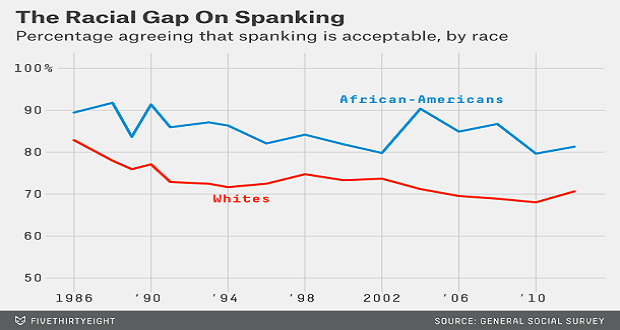
“The function, the very serious function of racism is distraction. It keeps you from doing your work. It keeps you explaining, over and over again, your reason for being.” – Toni Morrison
Being a marginalized employee, specifically Black in corporate, white spaces can often be a lonely, isolating, mentally exhausting, and distracting experience. As the late Toni Morrison stated, “This distraction is in line with the very function of racism.” As one of the “only’s” in the workplace, understanding the form in which those distractions manifest is critical. The fact of the matter is, we are not safe within the proverbial walls of Corporate America (or any white-centered work environment). White supremacy and racism persist in very subtle, covert ways. This can make us vulnerable — therefore, we must be vigilant.
We are not safe within the proverbial walls of Corporate America. White supremacy and racism persist in very subtle, covert ways. This can make us vulnerable—therefore, we must be vigilant. Share on XBelow are three major warning signs for Black and brown people at work, especially for those working on project teams, to consider:
UNCLEAR RESPONSIBILITY
Black Americans have suffered significant plunder of their own land over the last 100+ years. Sharing in that collective and historical trauma is why I believe my paternal grandfather taught his son, who then taught me, that home ownership is foundational to identity. Your home should be yours. Simply put, there is intrinsic value in having a place that belongs to you. This principle carries over to the workplace. What are you responsible for? Or frankly, what is it that you own?
The easiest way to find yourself isolated is to be in a position where those around you continually ask, “What exactly is their [your] job here?” Not only is this a microaggression, a subtle slight that suggests you owe justifying your presence and affirming your value in ways that our white counterparts are hardly ever expected; it is also a warning sign. In this economic climate, that is an expeditious way to find yourself unemployed. If you are unclear on your responsibilities, document what it is you believe you should be driving and share it with your supervisor, putting the ownership on them to validate, or course correct. This of course presumes that you have a clear supervisor, which leads to the next warning sign….
What exactly is your job here? ... is a microaggression, a subtle slight that suggests you owe justifying your presence in ways that our white counterparts are hardly ever expected; it is also a warning sign. Share on XUNCLEAR REPORTING STRUCTURE
I recall years ago I was staffed to a project with no clear ownership or reporting structure. I was a “glue-guy.” The problem with this, beyond the fact that it was a demotion from my previous role, was that I had no clear supervisor. I was a dotted line to everyone and by relation, accountable for every random whim and task of literally everyone else on the project. This was problematic because I took on the most risk and accountability for random, transactional tasks without formal leadership, direction, or support — in essence, no one had my back. This type of exposure is dangerous for Black employees who are already often given less grace to grow and learn. While team structures can be dynamic and even dysfunctional sometimes, it is important that you have a clear supervisor who provides direction and guidance. This is why this last warning sign is perhaps the most significant…
I took on the most risk and accountability for random transactional tasks without formal direction or support—in essence, no one had my back. This type of exposure is dangerous for Black employees who are already often given less… Share on XINCONSISTENT COMMUNICATIONS
Effective communication in any context is a two-way street. It is not only important to be heard, but to listen. To be proactively accountable with communications, take time to establish a meeting cadence with your coworkers and supervisors. For your coworkers, this might look like team meetings where everyone roundtables their priorities for the week. For your supervisor, it may look like level-setting expectations for the week/day/etc., sharing progress on established priorities, and participating in 360 feedback. The issue comes if your team chooses not to meet with you and/or your supervisor is “too busy” to meet regularly. You certainly want to be sure to send emails to cover yourself and demonstrate that you made attempts to communicate, but that may not be enough. Again, communication is a two-way street and if no one will communicate with you, it is easy to again find yourself isolated and unemployed without strong escalations and interventions with someone senior to all involved.
If you are experiencing any of these warning signs, you have the right to make your voice heard and share your concerns to your organization’s senior-most leadership as soon as possible (this is a strategy within itself, and here’s a great episode on Living Corporate articulating how to practice self-advocacy). Each of these signs are typical for marginalized employees as they fit the meta-narrative of Black and brown bodies being afterthoughts and largely a means to a white-centered end. This is what covert racism look like everyday in Corporate America. Therefore, it is necessary to affirm that your, our Black and brown lives matter, not only in the most visceral of senses in instances of police brutality, but in the workplace as well.


















